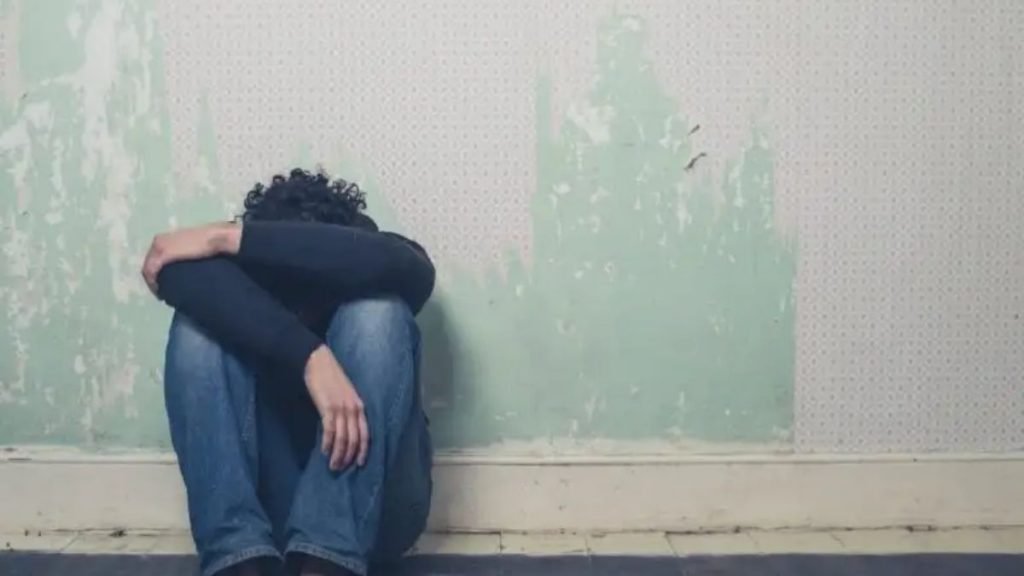
Suicide is an emerging and serious public health issue in India
Globally, close to 800 000 people die by suicide every year; that’s one person every 40 seconds. For each suicide, there are more than 20 suicide attempts.
While the link between suicide and mental disorders (in particular, depression and alcohol use disorders) is well established, many suicides happen impulsively in moments of crisis. Risk factors include experience of loss, loneliness, discrimination, a relationship break-up, financial problems, chronic pain and illness, violence, abuse, and conflict or other humanitarian emergencies. The strongest risk factor for suicide is a previous suicide attempt.
Suicide is an emerging and serious public health issue in India. However, it is preventable with timely, evidence-based and often low-cost interventions. The suicide mortality rate per 100 000 population in 2016 was 16.5, while the global average was 10.5 per 100 000. The most vulnerable are the 15-29 year old’s, the elderly, and persons with special needs.
The Mental Healthcare Act, 2017 decriminalizes suicide, assuring adequate medical relief to those attempting it. This is a landmark development ensuring dignity and a humane perspective to the issue. The National Mental Health Programme and Health and Wellness Centres under the Ayushman Bharat Program are efforts to provide quality care at the primary health care level. Deaddiction centres and rehabilitation services are also available.

A strengthened system for quality data on suicides (attempted and deaths) from vital registration, hospital-based systems and other surveys for formulating policies and subsequent monitoring are effective suicide prevention initiatives. Strengthening life-skill trainings and counselling in educational institutions, workplace etc. further supplement prevention policies.
In India, pesticides, firearms, self-hanging, jumping off bridges and in front of trainsare the major means by which suicide is attempted. Policies limiting access to pesticides, firearms and putting barriers on bridges and railway platforms could be some of the preventive options. In addition, counselling services and creating destigmatized platforms for discussion around these taboo subjects could be considered.
A comprehensive suicide prevention strategy within the framework of the National Mental Health Policy of India 2014, with effective multisectoral collaboration is imperative.
